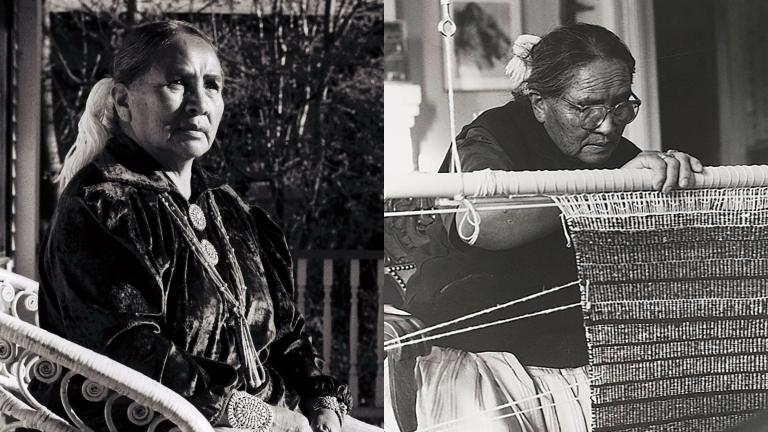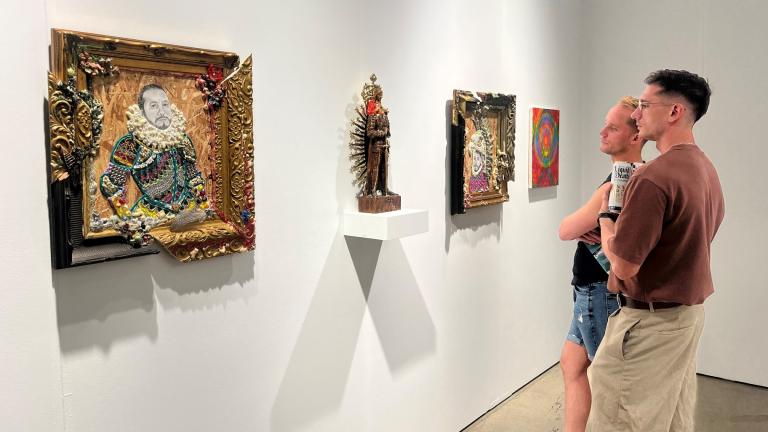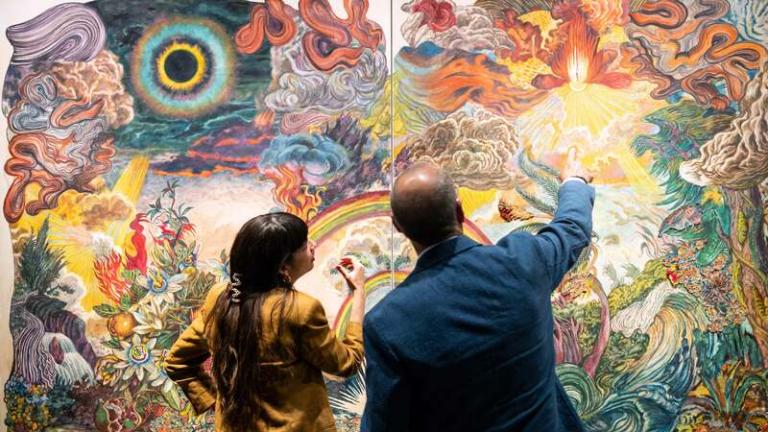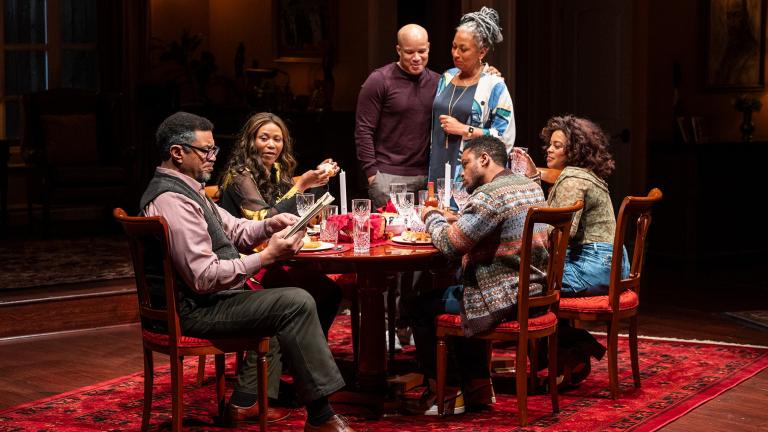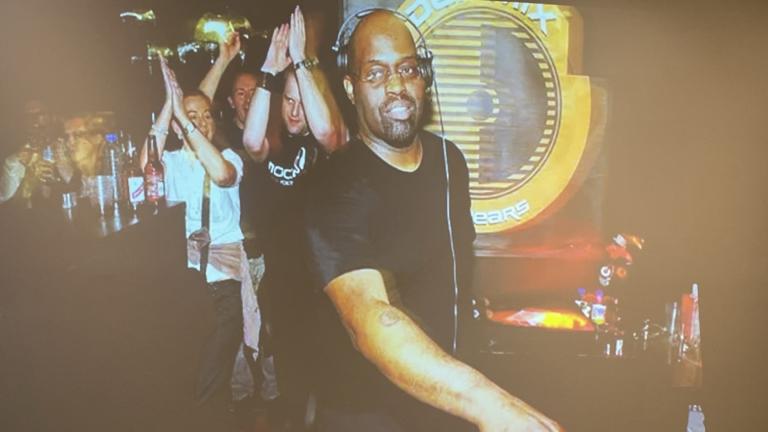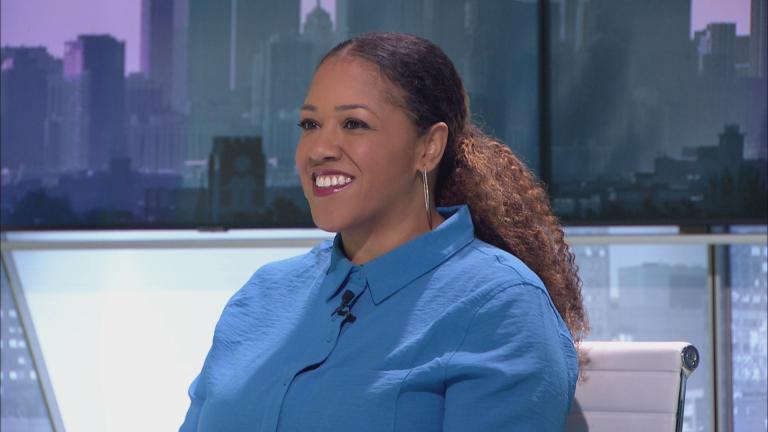A hairstyle that was at one point used to differentiate African tribes, has since grown into an art form that goes beyond a hair style. Meet hair braider Mo G and learn more about how she’s using braids to push against cultural biases that deem the look unprofessional.
For decades, Black women have been told their hair is only acceptable when following Eurocentric ideas and straightening it.
“Going back to slavery, it used to be a law to cover your hair,” Mo G said. “All Black women had to cover their hair or shave it off. It was a means to keep us down, even though our afros are cute. It was created to shorten the gate for people who were hired to get jobs.”
That’s why professional hair braider Mo G is on a mission to help them understand the beauty of their hair in its natural state.
“People would cancel their braid appointment if they had an interview,” Mo G said. “I would always say, ‘That’s not the job that you want. Go to your interview with your braids, it’s okay.”
“Every race has different hair strands,” Mo G continues. “Black people have thin hair strands. The tighter the curl you have, which can range from 1A to 4C, the curlier hairstyle. The curlier the hair, the thinner the strands. When strands are thin, they can break a lot easier. Which is why we do protective styles like braids because we can’t constantly manipulate our hair or it will start to break off because our strands are so fragile.”
From afros to locs, there are a variety of ways Black women can wear their hair in its natural state without straightening it to prevent damage. But it wasn’t until she was asked to be in an art show, that Mo G realized the intricate patterns and details within her braids were more than just a protective style.
“I had some braids on a wall, and a curator named Cierra was like, ‘This is art, can I display this?!’” Mo G said. “I was like, ‘Display what?’ And she was like, ‘This is art.’ And I was like, ‘No this is just my hair that I took down.’ But it was shortly after that when I realized and appreciated braiding as an art form. Because growing up in the community, it was just seen as a trade.”
But it’s the art form within this trade that nonprofit Urban Gateways sees as a connector to bigger issues. That’s why they featured her in their ongoing community conversations series “Art &.”
“This series features artists like Mo G who really embody that — that you can find art anywhere as long as you’re willing to look,” said Eric Delli Bovi, President and CEO of Urban Gateways.
“We see how the arts have always played a role in thinking about how we push new ways of thoughts. How do we use the arts to convey a sense of equity, inclusion and justice? It’s something that’s always been embedded in the arts, but how do we shine a light on that and think about the role we all play?”
As an artist, that role for Mo G will always be geared toward pushing against cultural biases to champion for Black women, while ensuring they love their hair in any state.
“We have to set aside time to tend to ourselves because Black Women always have to keep a happy face. We always have to be strong. The only time you really get to sit down and get pampered is when you get your hair done. I like giving that opportunity to a mom, sister, or grandma. You don’t have to do anything but sit here and get pretty.”
Next up in Urban Gateways’ conversation series is “Art & Resistance,” June 9 at 7 p.m.
Video Extra: Learn more about the art of hair braiding, with a special tutorial by Mo G.
Follow Angel Idowu on Twitter: @angelidowu3
Angel Idowu is the JCS Fund of the DuPage Foundation Arts Correspondent.

